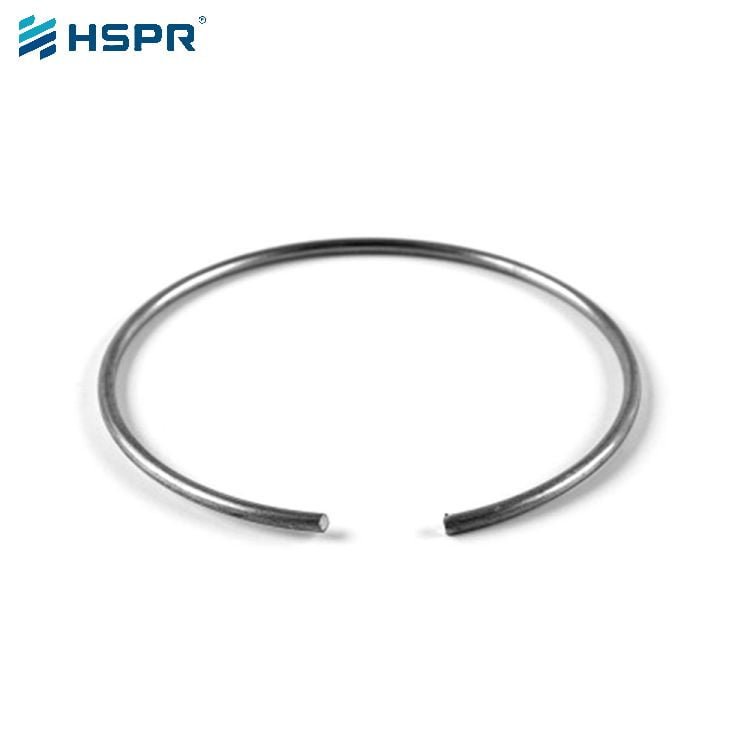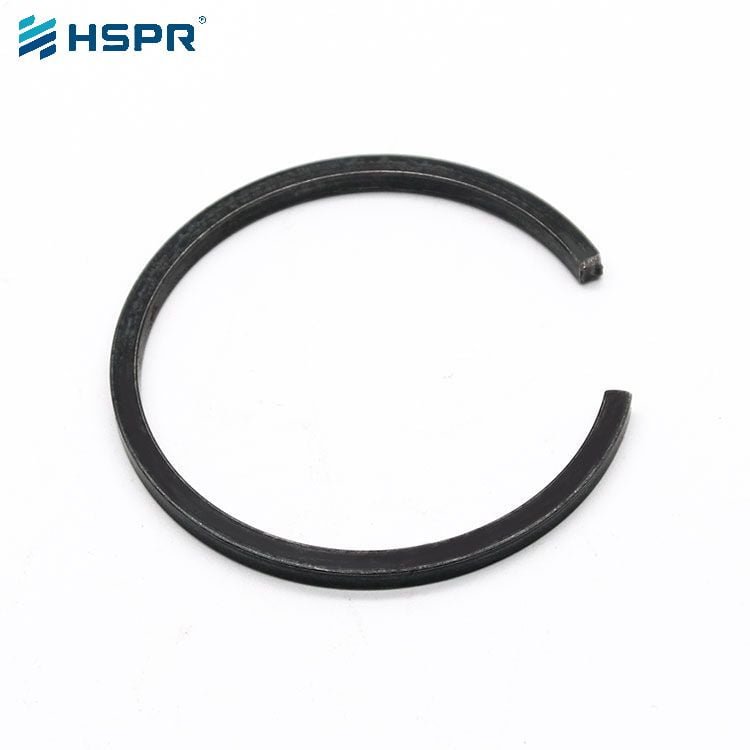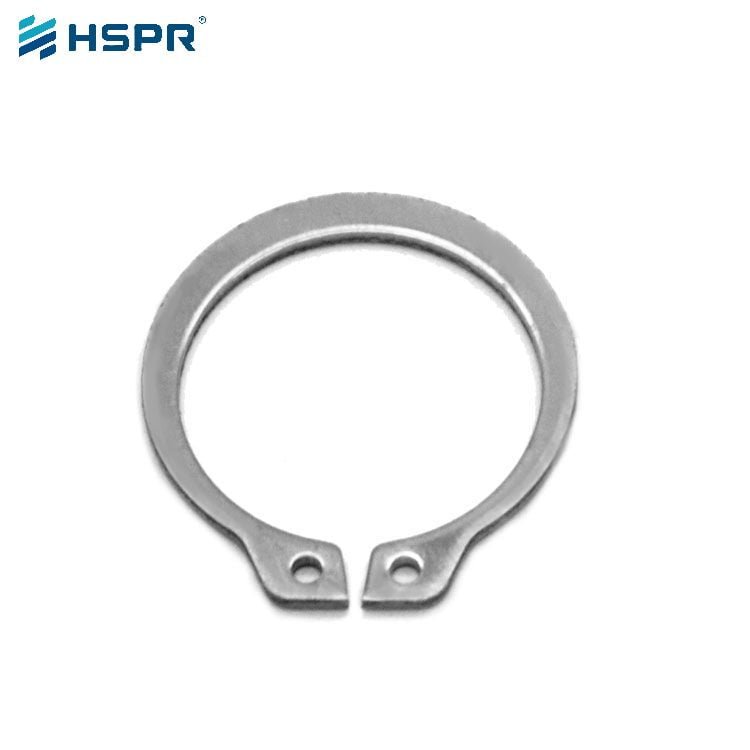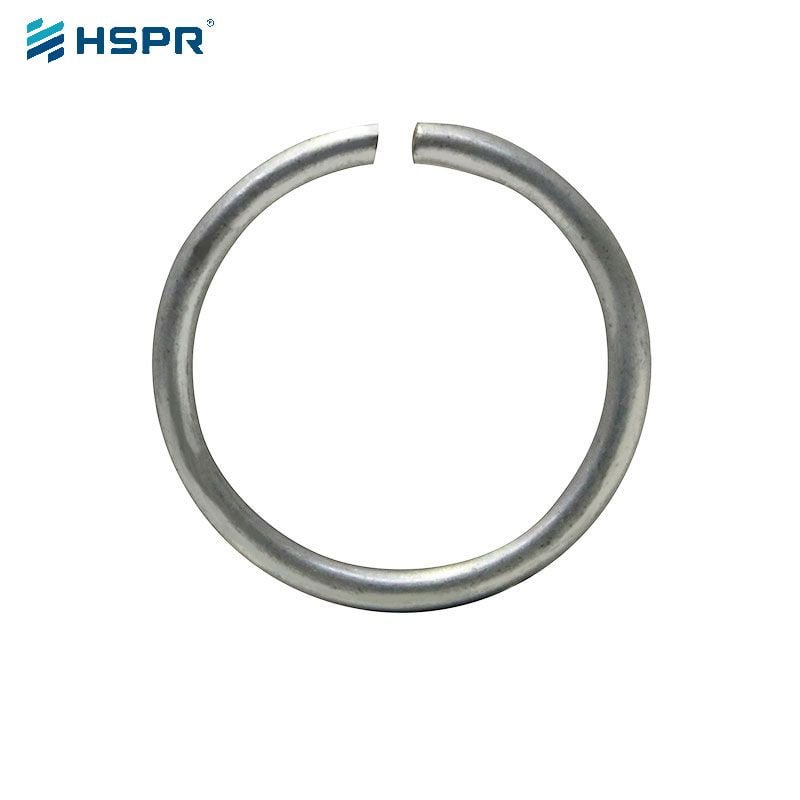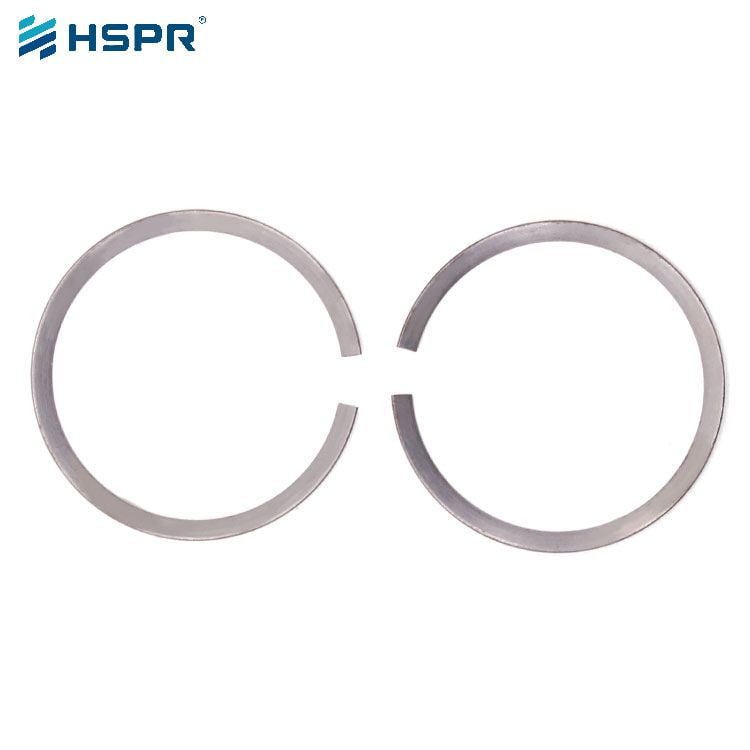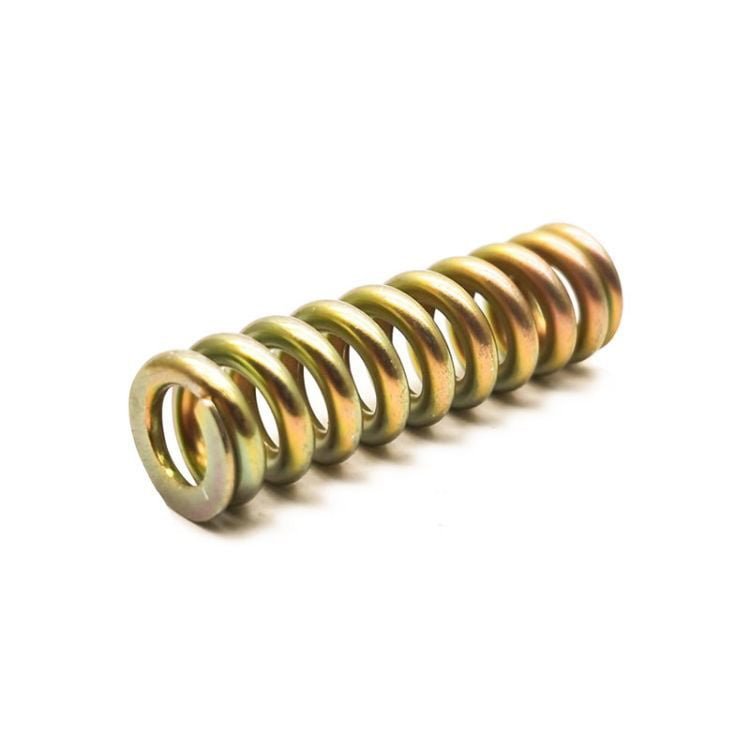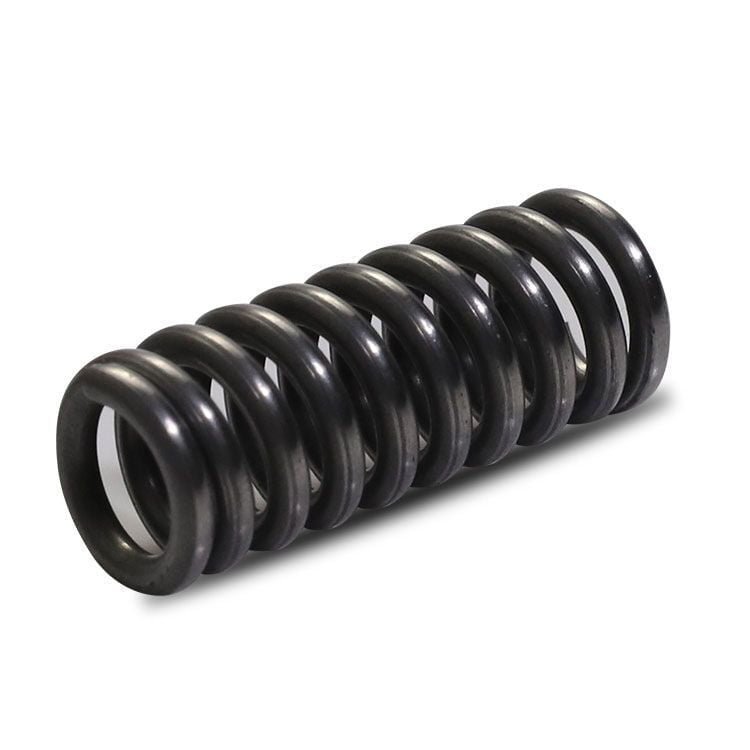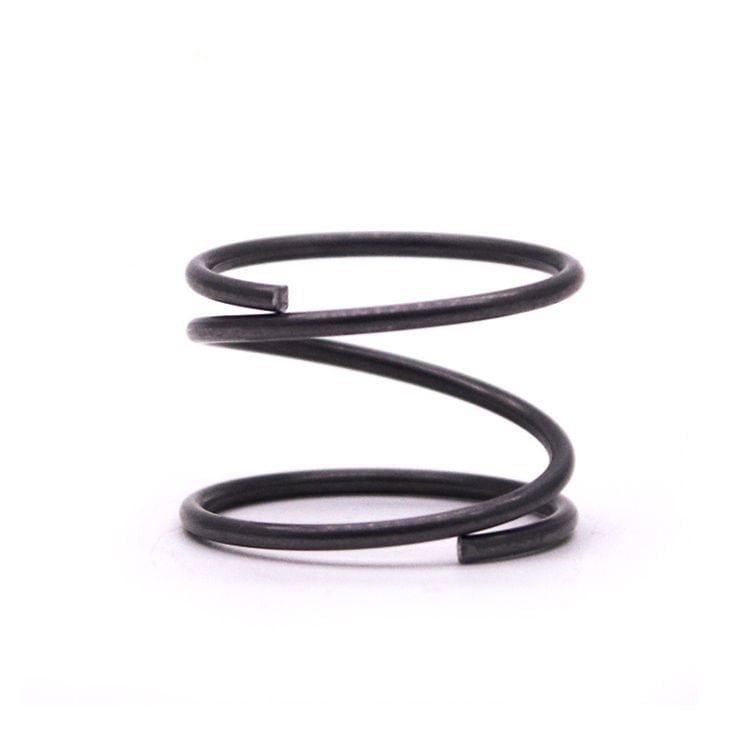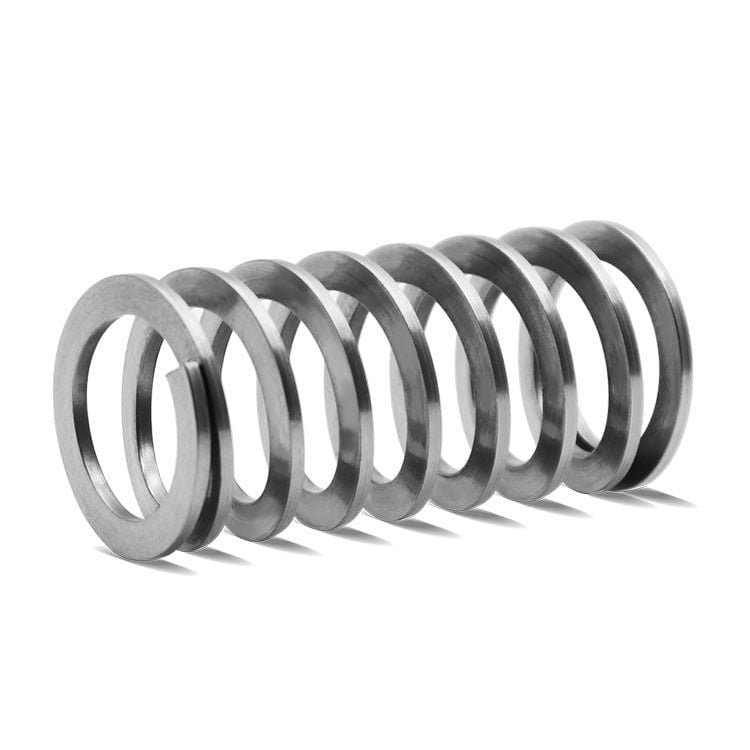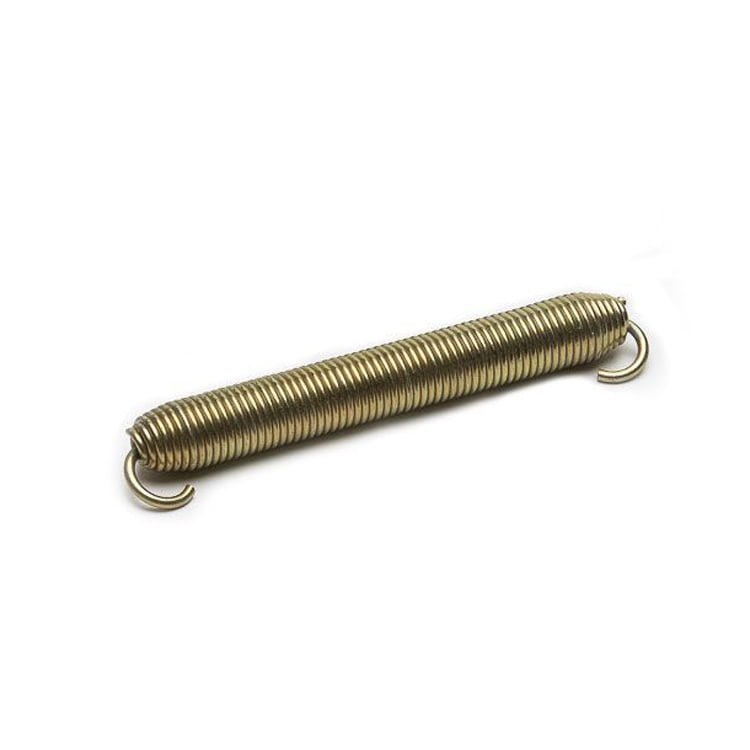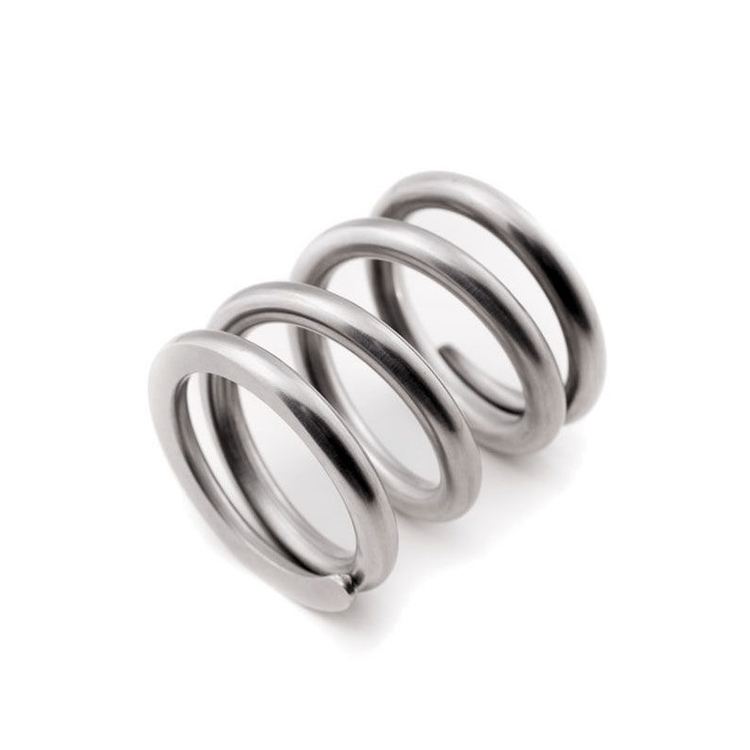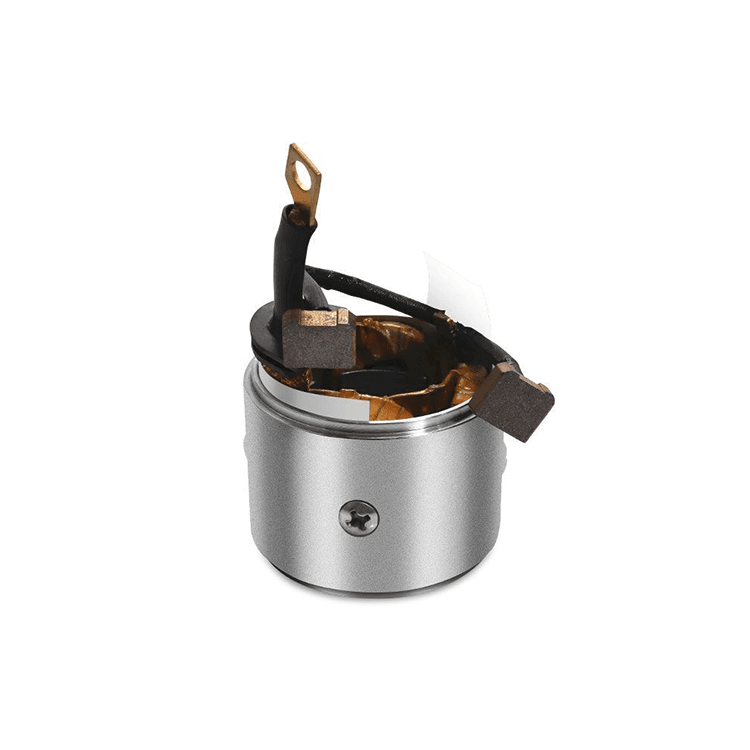Retaining ring
The retaining ring is an industrial fastener that fixes mating parts or components together. It is a circular component made of metal and is located in the groove.
The retaining ring functions as a disassembly shoulder. As an alternative to processing the shoulder, the internal retaining ring eliminates the complex processing procedure, ultimately saving time, weight, and production costs, and achieving a more efficient production process.
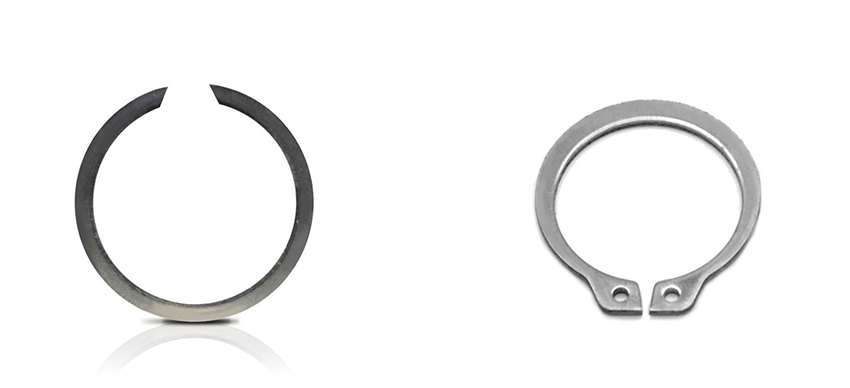
The retaining ring is a type of fastener that is typically installed in a shaft groove or a housing groove, and can form a shoulder. It fixes the components in place by applying radial force to the mating components through inward or outward pressing. Retaining rings are often used instead of other fasteners such as bolts or pins to reduce the need for threading and tapping.
Retaining rings are crucial for safe fastening in industries such as automotive, military, medical, and aerospace. These versatile components are alternatives to cotter pins and bolts, being reliable and cost-effective, with minimal surface treatment and lighter weight. Retaining rings are ideal for various thrust loads, preventing unwanted movement and ensuring precise alignment and tightened axial clearances in various applications.
The main purpose of the snap ring is to reduce the movement of the mating component and bear the load of the component by blocking the axial movement through the shoulder of the snap ring. Its application ranges from conveyor belts, hub assemblies, agricultural equipment to household appliances. All of these may require the retaining ring to function in light-load or heavy-load environments.
Which factors need to be considered when choosing a retaining ring?
- Shaft or hole size: This includes the diameter, the depth of the hole or shaft groove that the ring will occupy, and the groove size. This will help you determine the appropriate size of the ring. Generally, the external snap ring will be smaller than its mating shaft, while the internal snap ring will be larger than its mating housing. This ensures that the ring provides the appropriate tension.
- Thrust load: This refers to the axial force that the mating component will exert on the ring, and it will help you determine the appropriate thrust load capacity that the ring needs to have.
- Rotation speed: Sometimes applications generate rotational forces. In such cases, it is important to understand the speed of this force so that you can select the correct ring diameter because the ring needs to remain connected during rotation.
- The design / position of the shaft or hole: The design or position of the shaft or hole will affect whether the ring needs to be installed from the top / bottom or the side. This will help you determine whether an axial retaining ring or a radial snap ring is needed.
Advantages of the retaining ring:
There are various reasons to choose a retaining ring over other types of fasteners. The following are some common advantages that influence the choice:
- Cost-effectiveness: The snap ring is an economical choice, especially considering that most types of retaining rings are reusable;
- Simple installation and disassembly: In most cases, these fasteners can be installed axially or radially using snap ring pliers, household pliers, or even a screwdriver connected to the lug hole.
- Simple design: These fasteners have a simple and lightweight design that won’t slow down your application or take up extra space.
- Size and style: HSPR can offer a variety of sizes and styles to adapt to different applications.
- Material and surface treatment: HSPR offers different types of retaining rings with various materials and surface treatments, so you can choose the retaining ring that can withstand the environment of your application.
The retaining ring has a convex hole protruding from the ring so that the inside of the ring remains smooth, and the convex hole does not interfere with the ring hugging shaft. The bore hole of the bearing seat ring faces the inner diameter of the ring, because this makes the outside of the ring smooth, and the bore hole does not interfere with the outer circle pressed on the bearing seat.
